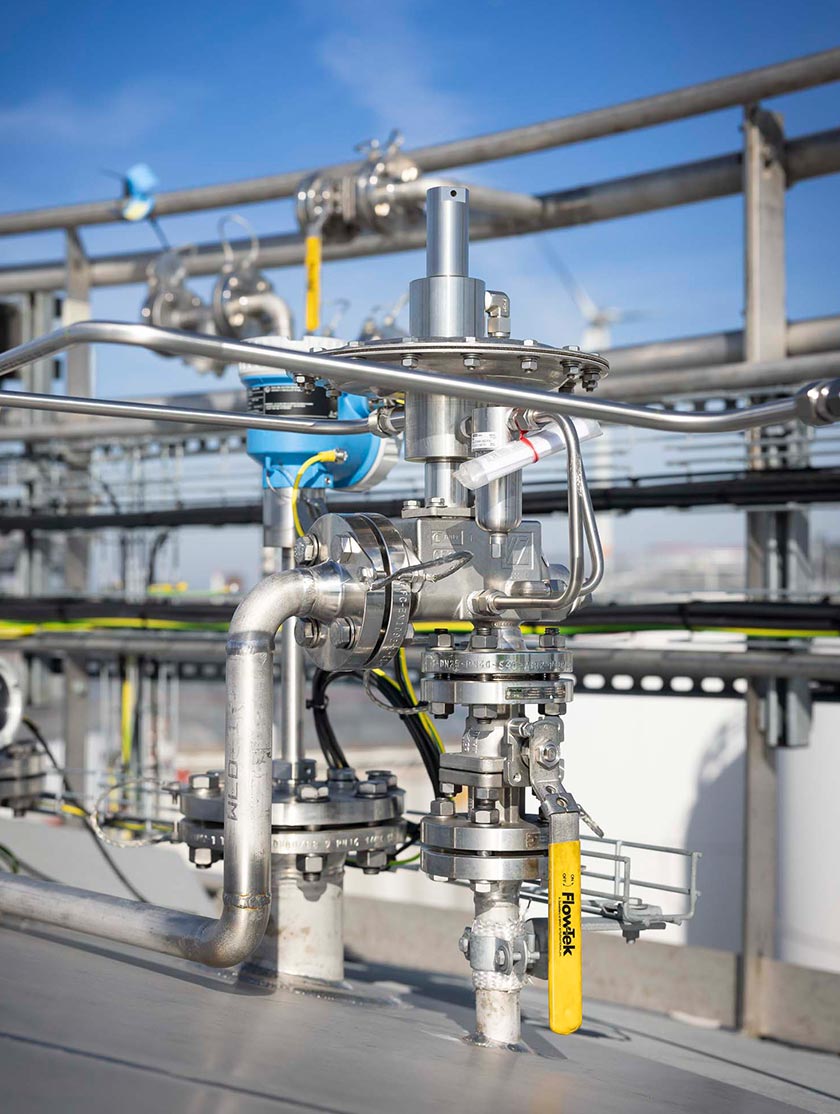Troubleshooting Common Issues with Pressure Reducing Regulators
Steps to Troubleshoot Common Pressure Reducing Regulator Problems
Pressure reducing regulators play an important role in maintaining consistent outlet pressure in a variety of industrial, commercial, and residential applications. Despite their robust design, users may occasionally encounter issues that affect performance. Understanding how to troubleshoot these common problems can save time, reduce downtime, and extend the life of your equipment. This article covers the basic steps for diagnosing and troubleshooting common pressure reducing regulator problems.Common Pressure Reducing Regulator Problems
Before you begin troubleshooting, it is important to identify common problems that may occur:- Inconsistent or fluctuating outlet pressure
- Dropping pressure or failure to maintain set pressure
- Squealing or noisy regulator
- Leaks around the pressure reducing regulator
- Stuck or slow response to pressure changes
Step-by-Step Troubleshooting Guide
1. Check Operating Conditions
- Check Inlet and Outlet Pressure: Use accurate pressure gauges to measure both inlet (supply) and outlet (reduced) pressure. Ensure that the inlet pressure is within the specified operating range of the pressure reducing regulator.
- Confirm Set Point Settings: Ensure that the pressure reducing regulator is set to the desired outlet pressure. Incorrect settings may cause unexpected results.
2. Check for Physical Damage and Leaks
- Visual Inspection: Inspect the pressure reducing regulator body, diaphragm, or connections for visible damage. Corrosion, cracks, or wear may cause leaks or failures.
- Leak Test: Apply a soapy solution to seals and gaskets to identify gas or air leaks. Replace any defective seals or gaskets immediately.
3. Check for Dirt or Clogs
- Strainer Check: Many pressure reducing regulators have built-in strainers to prevent debris from entering the valve seat. Remove and clean these components if they are clogged.
- Valve Seat and Diaphragm Condition: Dirt or foreign particles can cause the valve to stick. Carefully disassemble and clean the internal components, making sure they are not damaged in the process.
4. Assess Regulator Response
- Observe Valve Operation: If the valve is clicking (opening and closing quickly), this may be due to pressure fluctuations or an overly sensitive pressure reducing regulator.
- Adjust Spring Tension: Most pressure reducing regulators are equipped with an adjustable spring to set the outlet pressure. Adjust this tension to stabilize the outlet pressure.
- Replace Worn Components: A loose or torn diaphragm can cause erratic operation. Inspect and replace as necessary.
5. Confirm Proper Installation
- Installation Orientation: Ensure that the pressure reducing regulator is installed in the proper orientation as specified by the manufacturer. Incorrect orientation may affect performance.
- Check Piping and Flow Direction: Ensure that flow is in the correct direction and that the piping is free of restrictions or leaks.
6. Evaluate System Demand and Capacity
- Evaluate Load: If downstream demand exceeds pressure reducing regulator capacity, the regulator may not be able to maintain pressure. Compare system requirements with regulator specifications.
- Consider Upgrading: If deficiencies persist, upgrading to a larger capacity pressure reducing regulator or installing additional modules may be necessary.
Preventive Maintenance Tips
- Routine Inspection: Schedule routine checks for wear, leaks, and setting accuracy.
- Clean Filters and Strainers Regularly: Prevent contaminants from building up that can impair performance.
- Calibration Checks: Regularly check set pressures with calibrated gauges to ensure reliability.
Conclusion
Properly troubleshooting pressure reducing regulators requires a systematic approach, from checking operating conditions and inspecting for leaks to cleaning internal components and ensuring proper installation. By carefully following these steps, service personnel can effectively address common problems and keep the pressure reducing regulator performing at its best. Remember that regular preventative maintenance complements troubleshooting by minimizing unexpected failures and extending the life of the pressure reducing regulator.Key Terms:
- Pressure Reducing Regulator
- Inlet Pressure
- Outlet Pressure
- Valve Seat
- Diaphragm
- Spring Tension
- Leak
- Filter/Strainer
- Valve Clicking
By mastering these troubleshooting techniques, users can ensure the safety, efficiency, and reliability of systems that utilize pressure reducing regulators.
Need the Right Pressure Reducing Regulator? Get Expert Help Selecting the Ideal Regulator Engineered for Performance |
Cashco’s pressure reducing regulators are designed for precise pressure control across a wide range of industrial applications—delivering reliability, safety, and efficiency. For more information about Cashco's regulators, view all models here .
Cashco is dedicated to ensuring you select the best solution for your tank protection needs. Need help choosing the right pressure reducing regulator? Contact us and our experienced team will gladly assist you in finding the ideal product!
Animated Guide: Pressure Reducing Regulator Function |
Discover the workings of a pressure reducing regulator in our animation video. Using the force-balance principle, this device reduces and maintains downstream pressure in a pipeline. Watch as we demonstrate how the regulator’s diaphragm and valve assembly create resistance to reduce upstream pressure. Learn how downstream flow demands impact the regulator, causing it to adjust and maintain a constant pressure.



